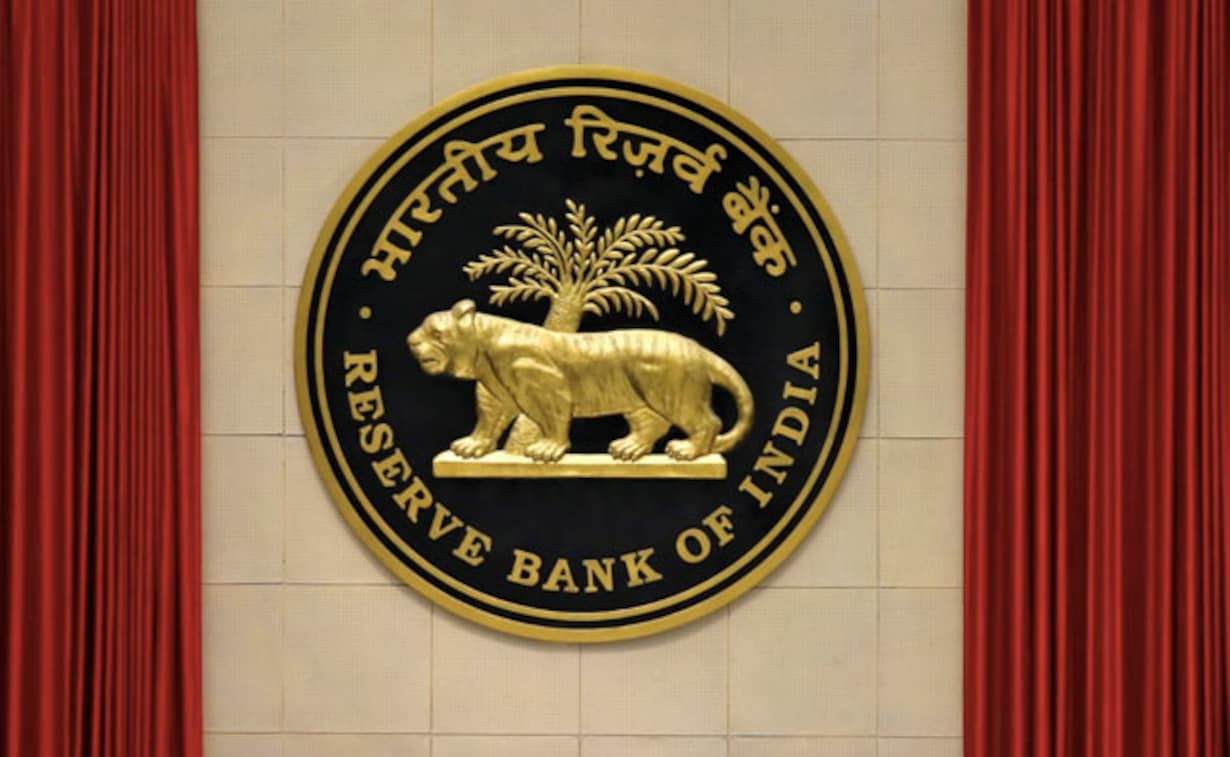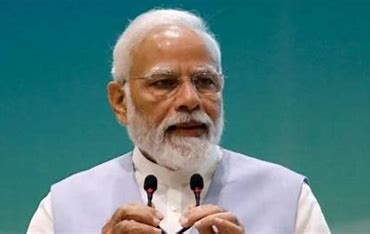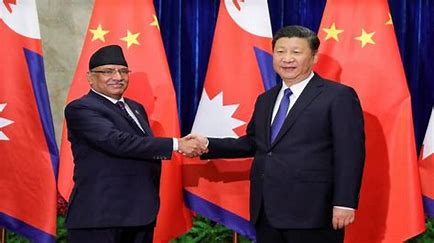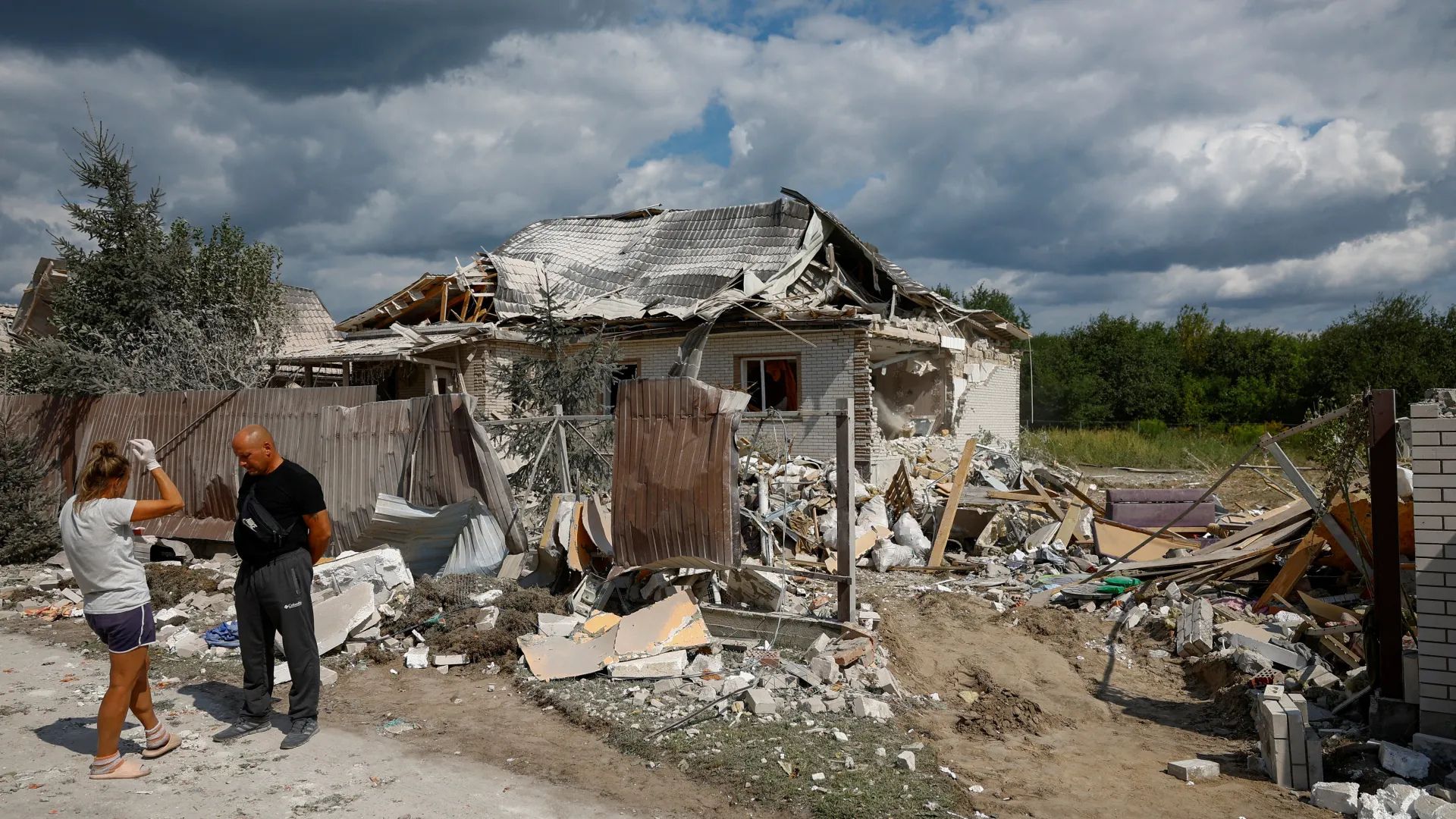
India’s growth in the first quarter of financial year 2023-24 is expected to be driven by private consumption, supported by reviving rural demand and renewed buoyancy in manufacturing on easing of input cost pressures, the central bank said in its “State of the Economy” report, published as part of its monthly bulletin. “Investment activity is also expected to improve, drawing strength from the thrust on capital expenditure in public spending and moderation in commodity prices,” it added.
The global economy is transfixed in the cross-currents of slowing growth and high inflation, and an uneasy calm prevails in the global financial markets as they await clearer signals from policy authorities on banking regulation, supervision and contours of deposit insurance, it said. In April and the first half of May 2023, domestic economic conditions have sustained the quickening of momentum seen in the last quarter of 2022-23, said the article on ‘State of the Economy’. Headline inflation eased below 5 per cent in April 2023, for the first time since November 2021. Corporate earnings are beating consensus expectations, with banking and financial sectors posting strong revenue performance, aided by robust credit growth.
“GDP growth in the first quarter of 2023-24 is expected to be driven by private consumption, sup-ported by revival in rural demand that is underway on the back of the encouraging developments in both the kharif marketing season of 2022-23 and the rabi marketing season of 2023-24, the sustained buoyancy in services, especially contact-intensive sectors, and moderating inflationary pressures,” it said. The article has been authored by a team led by RBI Deputy Governor Michael Debabrata Patra.
The central bank, however, said the views expressed in the article are those of the authors and do not represent the views of the Reserve Bank of India. The long run steady state inflation, estimated at around 4.3 per cent for the pre-Covid period, seems to have exhibited a transient pick up during the post-Covid period. The magnitude and pace of transition to a lower inflation trajectory, however, would be conditioned by the speed of strengthening of economic activity and the nature and likely persistence of shocks, the report suggests.
On India’s export potential through the lens of export similarity indices, the RBI report points out that India’s export structure is increasingly aligning itself with world demand in sync with the country’s specialization in goods and services having relatively higher international demand. This rising alignment of India’s merchandise export pattern with world exports is a testament to the role of ‘Make in India’ and ‘Atmanirbhar Bharat’ in helping India become a key supplier to the world.
Looking at the challenges for the mining sector in the context of India’s COP-26 commitments, the RBI paper highlights India’s commitment to meet 50 per cent of its energy requirement with renewable energy by 2030 in COP26-Glasgow and to achieve net-zero emission by 2070. The paper notes that India has made significant strides in renewable installed capacity and its share in total installed capacity is at 41.3 per cent (including large hydro) in March 2023. Investment in renewable energy has also more than doubled in 2021-22.
With the move towards clean energy, the mining sector is likely to see a gradual shift from coal to other essential minerals required for production of renewable energy but India’s share in global reserves of critical minerals such as cobalt, nickel and graphite are low, the study points out. Present clean energy technologies are mineral intensive, the supply of which is concentrated in a few countries. The RBI report suggests global coordination and technological innovations for reducing mineral requirements in producing renewable energy which would play a major role in achieving a cost-effective sustainable energy transition.















